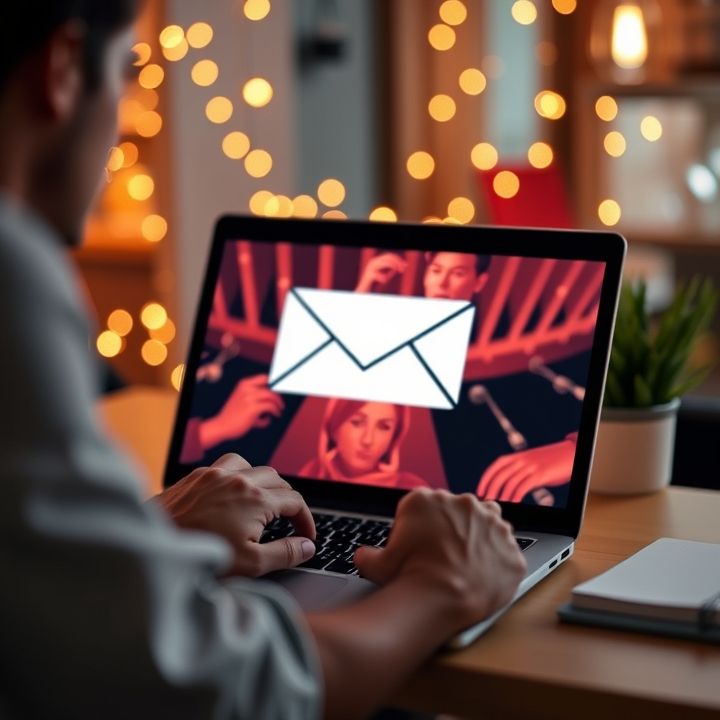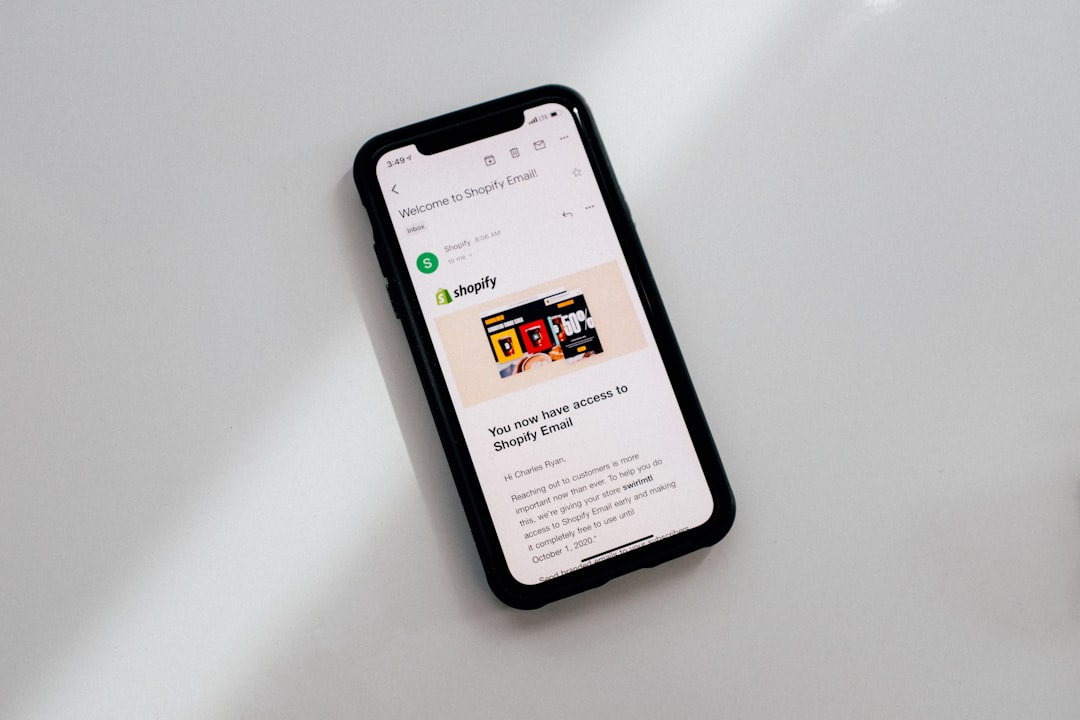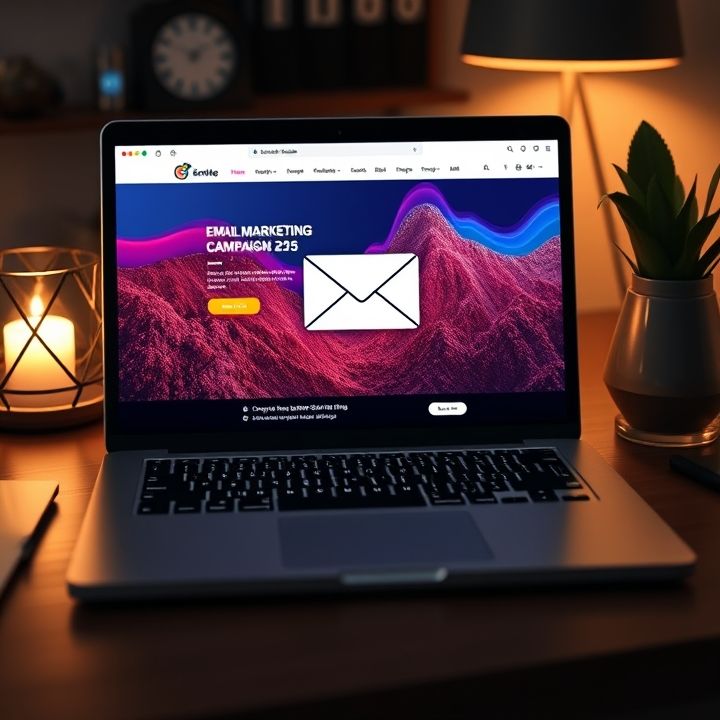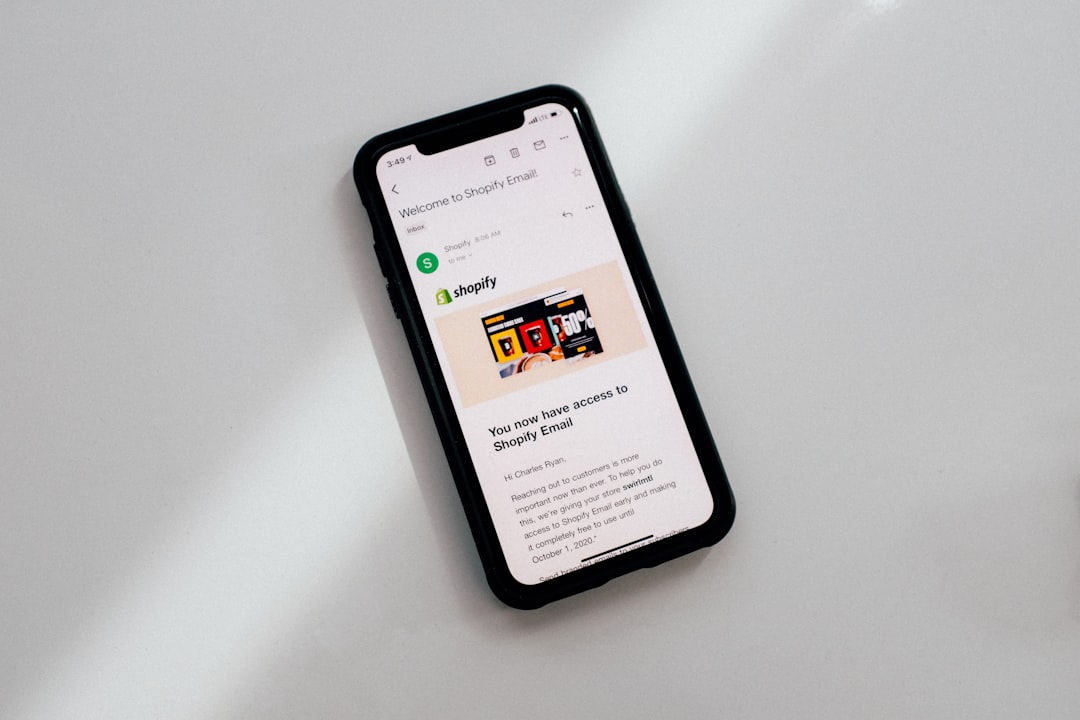Table of Contents
- Introduction
- Analyzing demographics for targeted segmentation
- Using geographic data to tailor email content
- Segmenting based on purchase history and behavior
- Creating segments from email engagement metrics
- Utilizing customer personas for deeper segmentation
- Conclusion
- Frequently Asked Questions
Introduction
Email marketing is a powerful tool, but even the most engaging content can fall flat without effective list segmentation. Unlock the Secret: Top Strategies to Supercharge Your Email List Segmentation! is here to transform the way you connect with your audience, ensuring your message hits the right inbox every time.
Imagine doubling your open rates, boosting conversions, and driving results that leave your competitors in the dust. Whether you’re a seasoned email marketer or just getting started, mastering the art of list segmentation is your ticket to better engagement and increased revenue.
Here’s what’s in store for you in this article:
| Strategy | Benefit |
|---|---|
| Demographic Segmentation | Target specific age, gender, or location groups with precision |
| Behavioral Segmentation | Engage based on user actions for timely and relevant communication |
| Transactional Segmentation | Customize messages based on past purchase behavior to increase loyalty |
Get ready to delve deeper as we uncover these strategies and reveal how they can transform your email marketing in ways you never imagined possible. Buckle up for a journey through the world of precision targeting!
Analyzing demographics for targeted segmentation
Analyzing demographics is a crucial strategy for effectively segmenting your email list, allowing you to tailor your communication to meet the specific needs and interests of different subscriber groups. By utilizing demographic data such as age, gender, income level, education, and geographic location, businesses can create targeted email campaigns that resonate with each unique segment.
For instance, age-based segmentation can help in crafting messages that appeal to different generational preferences, like tech-savvy content for younger audiences or more personalized offers for older subscribers. Similarly, gender-specific campaigns can enhance engagement by addressing the distinct interests and concerns of male and female audiences. Additionally, understanding the income level can allow brands to promote products or services that best fit the financial capabilities of each segment.
Geographic data offers tremendous value by enabling localization of content, addressing regional preferences, and even timing communications to coincide with local events or time zones. By leveraging such demographic details, businesses can increase the relevance and effectiveness of their email marketing, ultimately leading to higher engagement rates and stronger customer loyalty.
Using geographic data to tailor email content
Using geographic data to tailor email content is a powerful strategy for enhancing engagement and improving conversion rates. By leveraging the location information of your subscribers, you can create more relevant and personalized email campaigns that resonate with your audience. For instance, you can customize content based on the local weather, seasons, or regional events. If you’re promoting a retail brand, you might highlight winter clothing for subscribers in cold regions while showcasing summer wear for those in warmer areas.
Additionally, geographic data allows for optimized timing. By sending emails at the right times according to different time zones, you increase the likelihood of your emails being opened and read. You can also tap into cultural trends and preferences that vary by region, ensuring that your messaging aligns with local customs and celebrations. This localized approach not only makes your emails more relevant but also builds a stronger connection with your audience.
Moreover, geographic segmentation can support location-specific promotions or offers, such as flash sales targeted at subscribers near a store location. By harnessing geographic data effectively, businesses can improve their email marketing performance, driving better results and fostering customer loyalty.
Segmenting based on purchase history and behavior
Segmenting your email list based on purchase history and behavior is a powerful strategy to enhance engagement and conversion rates. By analyzing past purchase data, businesses can tailor their messaging to resonate more effectively with their audience. For instance, customers who frequently purchase certain products may appreciate an email showcasing complementary products or related promotions. On the other hand, those who have not made a purchase recently might respond better to a re-engagement campaign with special offers or discounts.
Behavioral segmentation involves understanding the actions your subscribers take, such as emails opened, links clicked, and browsing patterns on your website. This data provides valuable insights into their interests and preferences. For example, if a user regularly clicks on links about a specific product category, sending targeted content that aligns with those interests can increase the likelihood of a purchase. Tracking these behaviors over time allows businesses to create dynamic segments that update automatically as customer actions change, ensuring the right message reaches the right person at the right time.
By leveraging purchase history and behavioral insights, companies can not only improve their email marketing performance but also foster stronger customer relationships, leading to increased loyalty and long-term success.
Creating segments from email engagement metrics
Creating segments from email engagement metrics is a strategic way to tailor your messaging and improve campaign effectiveness. One fundamental approach is to segment based on open rates. By identifying subscribers who consistently open your emails, you can nurture these engaged contacts with exclusive content or offers that reward their loyalty. Similarly, segmenting those who rarely open emails allows for re-engagement strategies, such as personalized reminders or surveys to understand their preferences better.
Another useful metric is click-through rate (CTR). Subscribers who regularly click on links demonstrate interest and can be segmented for more targeted campaigns that align with their observed interests. For those with lower CTRs, consider sending them content variations to determine what might catch their attention better.
Additionally, analyzing conversion rates post-click can provide insights into high-value segments. These are the subscribers who complete desired actions such as purchasing or signing up after interacting with your emails. Focusing on these conversions allows for an advanced targeting approach, tailoring experiences that enhance their journey towards brand advocacy.
By effectively utilizing these engagement metrics for segmentation, marketers can deliver more relevant content, fostering improved engagement and ultimately strengthening customer relationships.
Utilizing customer personas for deeper segmentation
Utilizing customer personas for deeper segmentation is a pivotal strategy in effective email marketing. Customer personas are semi-fictional representations of your ideal customers, based on both qualitative and quantitative analysis. By developing detailed personas, businesses can tailor their messaging to resonate more profoundly with distinct audience subsets.
To begin, gather data from various sources such as customer feedback, surveys, and web analytics. This information will help you identify commonalities in demographics, interests, and buying behaviors. With this data, create comprehensive personas that capture the motivations and pain points of your audience segments. This approach allows for more targeted content, which is likely to yield higher engagement and conversion rates.
When implementing customer personas in email segmentation, consider factors such as age, location, purchasing history, and personal preferences. By aligning your email content with these attributes, you can enhance the relevancy of your messages, resulting in improved customer satisfaction and loyalty. Moreover, personas can facilitate better predictive modeling, iterating your strategies in response to evolving consumer demands. In summary, customer personas enrich the segmentation process, enabling more personalized and effective communication with your audience.
Conclusion
In conclusion, the art of email list segmentation is no longer a luxury but a necessity for businesses seeking to optimize their marketing efforts. By employing strategies such as analyzing demographics, leveraging geographic data, examining purchase history and behavior, and tapping into email engagement metrics, companies can deliver highly targeted and relevant content to their audience. Additionally, utilizing customer personas allows for even deeper segmentation, ensuring messages resonate on a personal level with subscribers. The impact of these techniques is profound, leading to increased engagement rates, enhanced conversions, and stronger customer loyalty. As digital marketing continues to evolve, staying ahead of the curve by consistently reevaluating and refining segments based on real-time data will be crucial. By doing so, brands can not only meet customer expectations but also foster meaningful connections that drive long-term success.


















